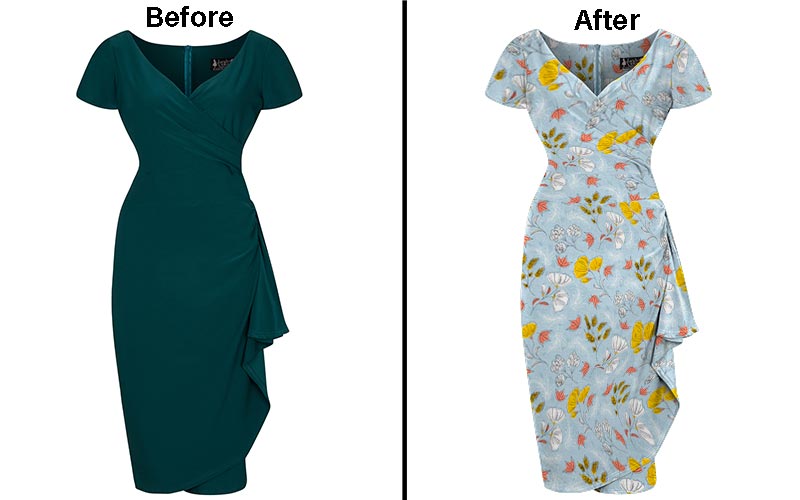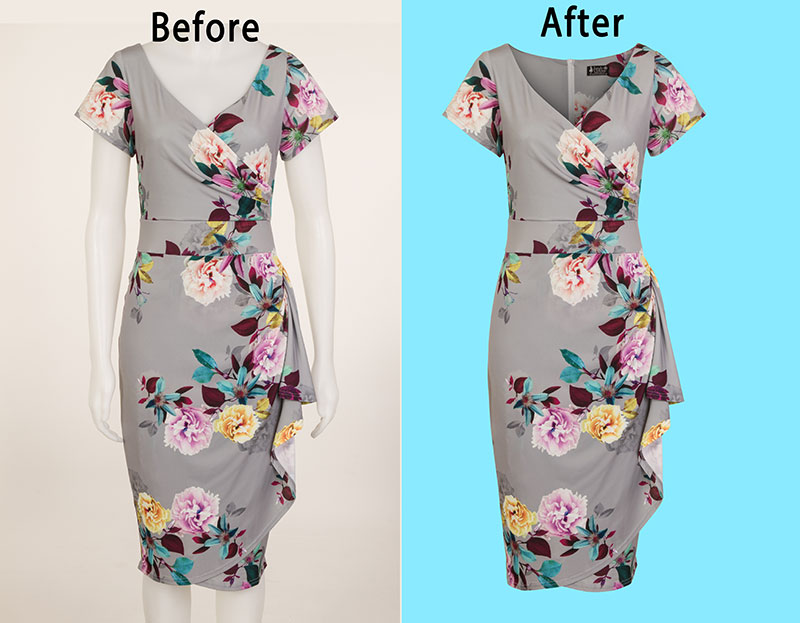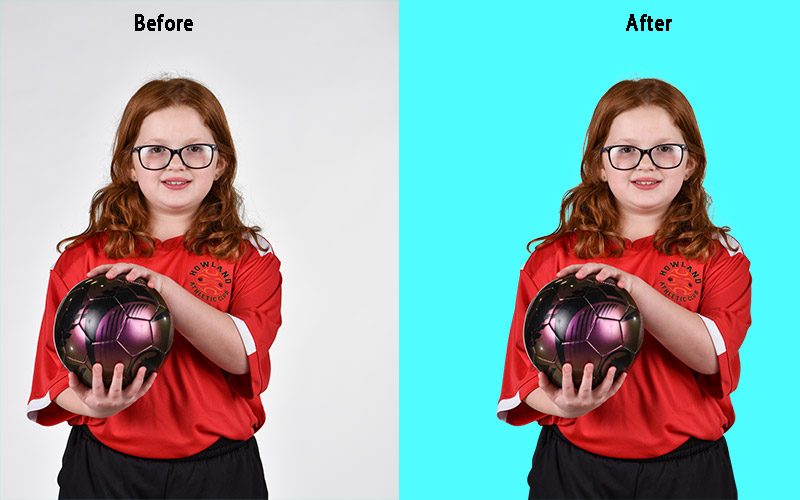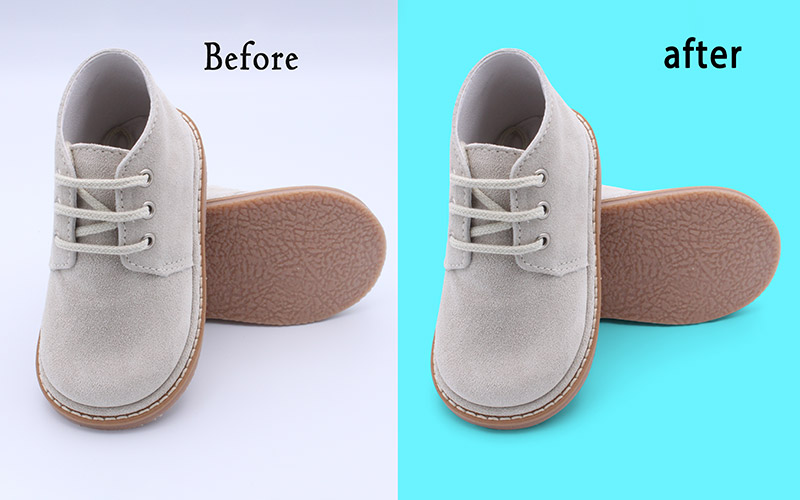Pattern Change
Price Start from $0.99 or €0.95
Pattern change is a creative metamorphosis that reshapes design elements. It involves altering patterns to evoke different moods, styles, and visual dynamics. From textiles and fashion to graphic design, it's a transformative process that brings a fresh perspective to aesthetics, allowing patterns to tell new and engaging stories.

Pattern Change
Pattern change, a captivating and versatile aspect of design, is the creative process of transforming patterns to evoke different styles, moods, and visual dynamics. It's a powerful tool that breathes new life into design elements, allowing patterns to adapt and tell fresh, engaging stories across diverse creative disciplines. In this comprehensive exploration, we will immerse ourselves in the realm of pattern change, uncovering its applications, techniques, tools, and the profound impact it has on design, fashion, interior decor, and beyond.
Understanding the Essence of Pattern Change: Pattern change is the art of reimagining and reconfiguring existing patterns to create new visual narratives. It involves altering elements such as shapes, colors, scale, and layout to achieve specific design goals. The primary objective can range from refreshing a brand's identity to transforming the ambiance of a room or creating striking textile designs.
Applications of Pattern Change: Pattern change is a dynamic and indispensable element in various creative fields, each with its unique set of requirements and aspirations. Some key areas where pattern change plays a pivotal role include: Fashion: In the fashion industry, pattern change is used to adapt and update prints for clothing, accessories, and textiles, aligning them with ever-evolving trends and styles. Interior Design: Interior designers employ pattern change to breathe new life into spaces, transforming the ambiance and personality of rooms through altered wallpaper, upholstery, and décor patterns. Graphic Design: Graphic designers use pattern change to maintain brand consistency, create compelling layouts, and convey specific messages through visual elements. Textile and Surface Design: Textile designers utilize pattern change to create unique fabric prints that resonate with their target audience and the season's themes. Product Packaging: Pattern change is instrumental in refreshing product packaging, making it more visually appealing and relevant to consumers. Web Design: Web designers apply pattern change techniques to update and adapt website design elements, ensuring they stay modern and engaging.
Techniques for Pattern Change: Pattern change involves a wide array of techniques and methods, each catering to the specific objectives of a project. Some common techniques include: Color Alteration: Changing the color scheme of an existing pattern to create a fresh visual impact. Scale Modification: Adjusting the size of pattern elements to achieve a different sense of balance and rhythm. Rotation and Orientation: Rotating or reorienting pattern elements to create new visual compositions. Element Substitution: Replacing specific pattern elements with different shapes, icons, or motifs to infuse new meaning or style. Pattern Overlay: Overlaying multiple patterns to create a layered, complex visual effect. Symmetry Adjustment: Altering the symmetry or balance within a pattern to create a sense of movement or dynamic tension.
Tools for Pattern Change: Effectively implementing pattern change requires the use of various tools, both software and creative aids. Some essential tools include: Graphic Design Software: Adobe Illustrator and Adobe Photoshop are popular choices for altering and manipulating patterns. Vector Drawing Tools: Vector drawing software allows for precision in modifying and creating patterns. Digital Drawing Tablets: Graphic tablets equipped with pressure-sensitive pens provide artists and designers with a natural and precise means of implementing pattern changes. Color Swatch Libraries: Libraries of pre-selected color swatches help designers select and apply new color schemes for patterns.
The Impact of Pattern Change: Pattern change has a profound influence on the way viewers perceive and interact with designs. Here are some of the ways it significantly affects the viewer's experience and understanding: Visual Refreshment: Pattern change breathes new life into familiar designs, making them feel current and engaging. Design Relevance: Updated patterns ensure that designs stay relevant to current trends and styles, appealing to modern audiences. Brand Consistency: In branding, pattern change helps maintain consistency while allowing for seasonal or thematic adjustments. Mood and Atmosphere: Pattern changes can transform the mood and ambiance of a space or design, creating different emotional responses. Creative Expression: Pattern change is an outlet for creative expression and experimentation, allowing artists and designers to explore new visual possibilities.
Challenges and Considerations: Pattern change, while a transformative tool, comes with its own set of challenges and considerations: Design Cohesion: Achieving a harmonious look while making pattern changes can be challenging, especially when combining different elements. Brand Identity: In branding, pattern change should preserve the core identity while allowing for variation, striking a delicate balance. Color Harmony: Modifying colors in patterns requires an understanding of color theory and harmony to create visually pleasing combinations. Pattern Licensing: When working with existing patterns, designers must ensure they have the proper licensing or permissions to make changes.
The Future of Pattern Change: As design tools and technologies continue to evolve, the future of pattern change holds exciting prospects. Some trends and developments to watch for include: Generative Design: AI-driven generative design tools will allow for the creation of entirely new patterns and variations based on specific parameters. Virtual Reality (VR) and Augmented Reality (AR): Designers may employ VR and AR tools to visualize and interact with pattern changes in a more immersive way. Sustainable Design: Sustainable design practices will likely influence pattern change, with a focus on eco-friendly and recyclable materials. Customization: The demand for personalized and customizable designs will lead to tools that enable consumers to make pattern changes themselves.
In Summary: Pattern change is a dynamic and transformative art that empowers designers, artists, and creators to refresh and reimagine visual elements. It allows for the evolution of designs to remain relevant, engaging, and emotionally resonant. As patterns evolve and adapt, they continue to captivate and inspire, shaping the ever-changing landscape of design, fashion, interiors, and beyond. In a visually driven world, the art of pattern change ensures that creativity knows no bounds, allowing designs to evolve and adapt to new audiences and cultural landscapes.


